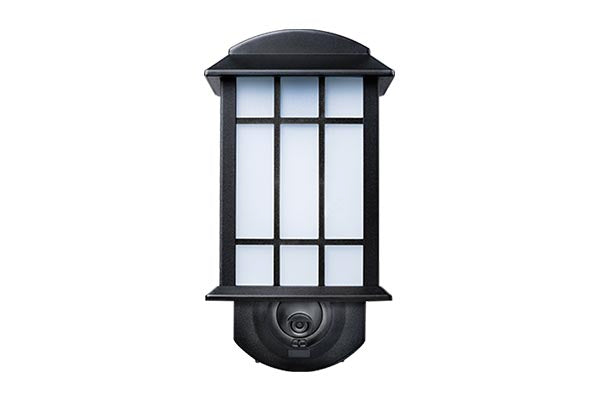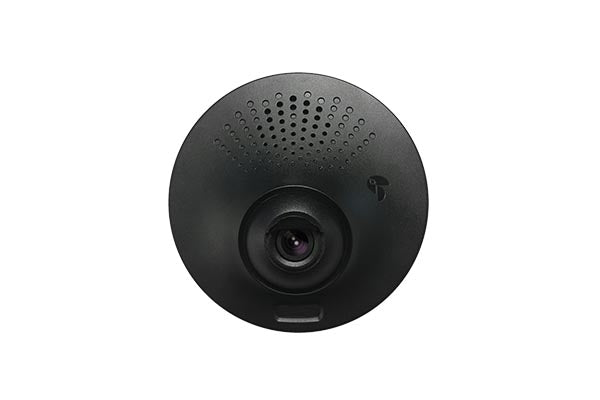
Boost Your Home Bathroom Safety
Your bathroom may be the smallest room in your house, but it can be the most dangerous. The combination of slippery surfaces, water, and electricity can make this room a home safety challenge, particularly to the elderly and children. Simple precautions can help to reduce these dangers. Follow these tips to make your bathroom safer.
Prevent Slips and Falls
Falls are by far the leading cause of injury in bathrooms, according to this report from the Center for Disease Control and Prevention. The report states that at least 235,000 people fall in the bathroom each year. Prevent falls by replacing your old bathroom mats and rugs with non-slip versions for more traction. You can also apply slip-resistant backing to the underside of your mats.
Showers and bathtubs present the greatest risk for slipping. Suction cup mats work very well in bathtubs and showers, providing the greatest surface area coverage as well as some padding. If you are planning a remodel, consider slip-resistant tiles for use in stand-alone showers.
Grab bars and rails are marketed mainly for seniors, however don’t discount them even if you have no seniors using your bathroom. There is a reason assisted living homes use them. Not only do they give you a solid handhold if you need to stand, sit or even pick something up, if you do slip they give you something to grasp and keep your balance. Do not think you can grab towel racks or soap dishes; they are not made to hold weight and will most likely pull right off the wall.
Install Bathroom Safety Lighting
Bathrooms should always have a night-light that automatically turns on in the dark. “Glow in the dark” or illuminating switch plates will make sure guests can always find the switch. Check your light fixture ratings and use a safe, high-wattage bulb. If the lighting feels too harsh, use frosted covers or soft white bulbs to reduce glare.
Use a Safe Water Temperature
Set your water heater at 120 degrees Fahrenheit maximum. We discuss this in more detail in our Basic Home Childproofing post. This is the hottest setting you should ever use. Even at this temperature, you should be attentive to children using the tub or shower.
Children often grab water faucets for balance or to stand up, so anti-scald devices, also known as pressure balancers or temperature limiters should be used in any household with children. These devices will detect when water reaches an unsafe temperature and will reduce of stop the flow.
When running water, start with the cold and slowly turn the hot water up until the desired temperature is reached. Beginning with hot water can result in a scald when the water from the heater first reaches the tap.
Remove Home Electrical Hazards
Electricity is a definite hazard in bathrooms. Water is an excellent conductor of electricity, and damp skin will reduce your skin’s resistance to it. Never ever use an electrical device in the shower or bathtub, or next to a full sink.
Electrical outlets in bathrooms should always be GFI, or ground fault circuit interrupters. These outlets are required in almost all municipality’s building codes anywhere within six feet of a water source. If your bathroom outlets don’t have the tell-tale reset button in them, replace them immediately with a GFI. These outlets compare the current flowing into a device to the current flowing out of the device. Any sudden changes will trip the breaker and save you from a shock.
Remove Mold and Mildew
The term toxic mold is a bit misleading. Molds are not in themselves toxic, but they do release toxic chemicals. There is mold all about us in the air and on surfaces. The problem really results when mold begins to build-up on surfaces. This happens more often in moisture-rich environments such as bathrooms. The chemical levels released by mold increase dramatically when the mold colonizes and grows. These chemicals can cause respiratory problems and allergic reactions. Clean all surfaces regularly to eliminate and mold before it can become a problem. For further reading, check out the CDC’s article on Stachybotrys chartarum and Other Molds.
Other Bathroom Safety Concerns
- Cotton swabs – This soft and innocent looking item is the number one cause of ruptured ear-drums. Never insert a cotton swab into your ear canal; use it to clean the outer ear only.
- Bath toys – Rubber ducky and friends should be put away and not be left on the floor to become trip hazards.
- Toilet water – You may disinfect your toilet on a regular basis, but flushing creates a spray of bacteria-laden drops that can contaminate everything nearby. Tell your family to put down the toilet seat before flushing.
A safe home bathroom is a prerequisite for family safety. Be sure to Like Kuna on Facebook to get alerts on our next posts. And, check out our Home Security Resources page to get more home safety tips!
The post Boost Your Home Bathroom Safety appeared first on Kuna.
Stop break-ins before they happen.

Save $20 on your first order.
Latest news, feature updates, and exclusive discounts.







